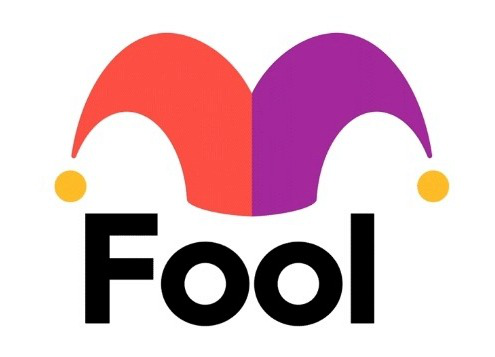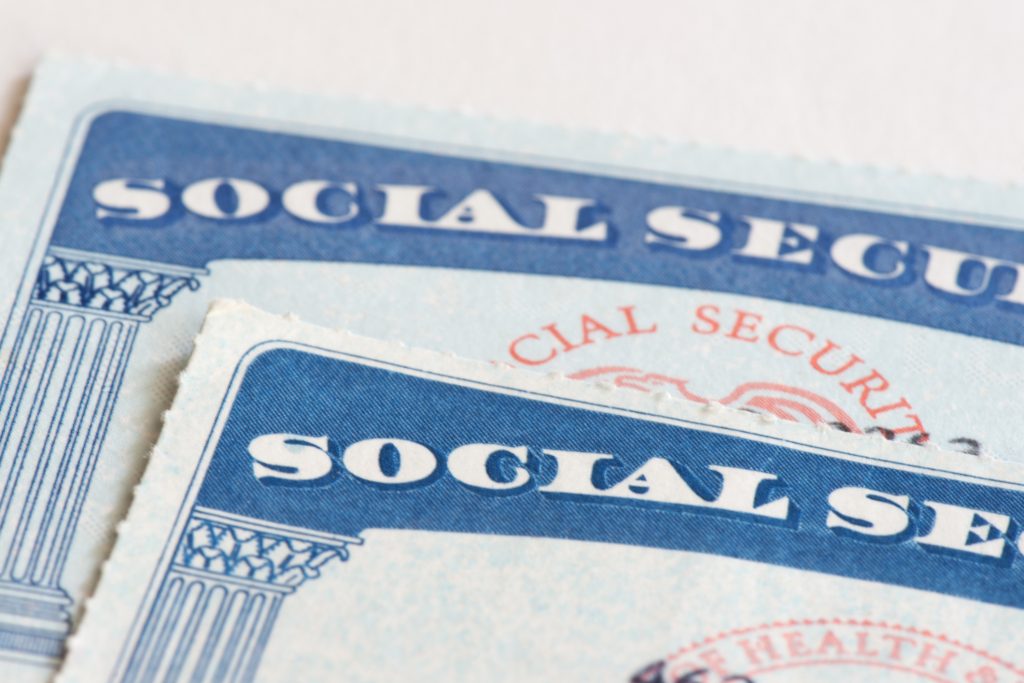When we talk about retirement accounts, IRAs sometimes get overshadowed by workplace plans, like 401(k)s, that have higher contribution limits and employer matches. But IRAs win in terms of flexibility, and they’re a great option for those who either don’t have access to a 401(k) or want to save more than their plan allows.
Maxing out your IRA is a challenging feat, but it could go a long way toward helping you reach your retirement savings goal. Here are three steps to help you pull it off in 2025.
Where to invest $1,000 right now? Our analyst team just revealed what they believe are the 10 best stocks to buy right now. See the 10 stocks »

Image source: Getty Images.
1. Know what maxing out your IRA means for you
The 2025 IRA contribution limit for adults under 50 is $7,000. But those who will be 50 or older by the end of the year can make a $1,000 catch-up contribution, bringing their limit to $8,000. These are the same as the 2024 contribution limits. However, they can change over time. If you plan to make a habit of maxing out your IRA, remember to check the contribution limits every year before setting money aside.
Those contributing to Roth IRAs must also be aware of income limits that may prohibit them from saving the full $7,000 or $8,000 in their IRA if they earn too much. If this is a barrier for you, you can contribute as much as you’re allowed to your Roth IRA and put the remainder in a traditional IRA, which doesn’t have income limits. Keep in mind that IRA contribution limits apply to your contributions to all IRAs, not to each account individually.
2. Evaluate your budget
Now that you know how much you can contribute to your IRA, you have to figure out how you’re going to pull it off. This might be an easy question if you naturally save over $7,000 or $8,000 per year. But for most people, it’ll probably require some careful budgeting.
You might need to look over your monthly spending and identify areas where you could cut back to free up cash for retirement. Ideally, you’ll also want to budget as much as you can spare from each paycheck. If you’re paid biweekly, you need to set aside about $269 per pay period to save $7,000 throughout the year. You’d have to save about $308 per paycheck if your goal is to reach $8,000 in 2025 contributions.
If saving this much isn’t feasible for you, consider making smaller regular payments and larger one-time payments as you’re able to. For example, if you expect a tax refund this year, you could put that money into your IRA rather than spending it.
3. Automate your contributions
Automating your IRA contributions reduces the risk you’ll forget to make them. Most IRA providers let you link a bank account to your IRA so you can set up automatic transfers on a specific schedule. If you plan to make regular contributions each pay period, you’ll probably want the money to come out on payday or the day after. You’ll still have to remember to make one-time contributions on your own.
As the year continues, check in periodically to see how much you’ve contributed to the account. Be careful not to exceed your annual contribution limit or you could face costly penalties.
If you’re not able to reach your goal of maxing out your IRA, that’s OK, too. Be proud of what you’re able to set aside. Any money you put away for the future will help improve the quality of your life in retirement.
The $22,924 Social Security bonus most retirees completely overlook
If you’re like most Americans, you’re a few years (or more) behind on your retirement savings. But a handful of little-known “Social Security secrets” could help ensure a boost in your retirement income. For example: one easy trick could pay you as much as $22,924 more… each year! Once you learn how to maximize your Social Security benefits, we think you could retire confidently with the peace of mind we’re all after. Simply click here to discover how to learn more about these strategies.
View the “Social Security secrets” »
The Motley Fool has a disclosure policy.
 benzinga.com
benzinga.com fool.com
fool.com



